While researching “Top spiritual destinations in India” on ChatGPT, I came across Haridwar, listed as one of the seven holiest places to visit for attaining moksha. But what are the other six? This got me thinking: Should I plan my next trip around these sacred sites? More importantly, what is it that makes these seven places so divine? And, on a deeper level, what makes any place truly sacred? If you’re wondering the same, keep reading…
The word “divine” is often linked to something extraordinary, something that stirs a sense of spiritual awe and elevation. But what truly makes a place divine?
We tend to associate divinity with the presence of a deity or a tangible manifestation of God. If that is the case, then doesn’t God exist in some form everywhere? In that case, wouldn’t every place on Earth be considered divine?
Prahlada says…
urvya:masthi udakesucha:sthi udapatha:vasti thvayyasthi, mayyasthi cha
Lord resides everywhere, within the one who hates Him, who ignores Him, who loves Him…

A place doesn’t become divine simply because of God’s presence; it becomes divine through the presence of devoted souls—those who sing His praises, spread His teachings, and embody His grace. It is the devotees who pray for God’s blessings to touch everyone who visits and worships at that place. Such sacred sites are known as kshetras or divya desams.
yad ardyushichatham arhadbhihi
thatthi: theertham prathakshache
thaddhikshe:thram prathakshache:
It is these devoted souls who transform a place into something divine by unlocking the ‘hidden’ spiritual potential of the land. Through their presence, even a river becomes more powerful and sacred. Such rivers are known as theerth—holy water. This is why people immerse themselves in these waters, feeling the divine power that resides within them.

Ujjaini is one such sacred kshetra. Devotees have long sung the glories of God there, praying for His blessings upon all who visit the place. Also known as Avantika, it is one of the seven most revered holy cities: Ayodhya, Mathura, Maya (Haridwar), Kashi (Varanasi), Kanchi (Kanchipuram), Avantikapuri, and Dwaravati (Dwarka).
At the Ramanuja Kut in Ujjain, a large group of devotees enlighten visitors about the divine qualities of God. His Holiness Pedda Jeeyar Swamiji also built the 105th of the 108 Rama Sthupas there.
The Kshipra River, which flows through this sacred land, is revered by all devotees, acharyas, and sadhus. It is considered holy because it has been touched by the hands of those who have served and worshipped God.
Mahakavi Kalidas says…
janakathanaya sna:na punyo:dake:su
The River Godavari is inherently sacred, but it became even more so when Janaka’s daughter, Mother Sita, blessed it with her touch.

From the Ordinary to the Sacred: Nothing in this world is truly ordinary, as God is omnipresent. However, not everything becomes sacred on its own. It is when great devotees pray to God, asking Him to bless those who visit that place, that it becomes sacred. God, in His divine grace, takes the requests of His devotees as commands and fulfills them.
-From the divine address of HH Chinna Jeeyar Swamiji
– 26th and 27th Nov 2024, Ujjain
Significance of Place #1:
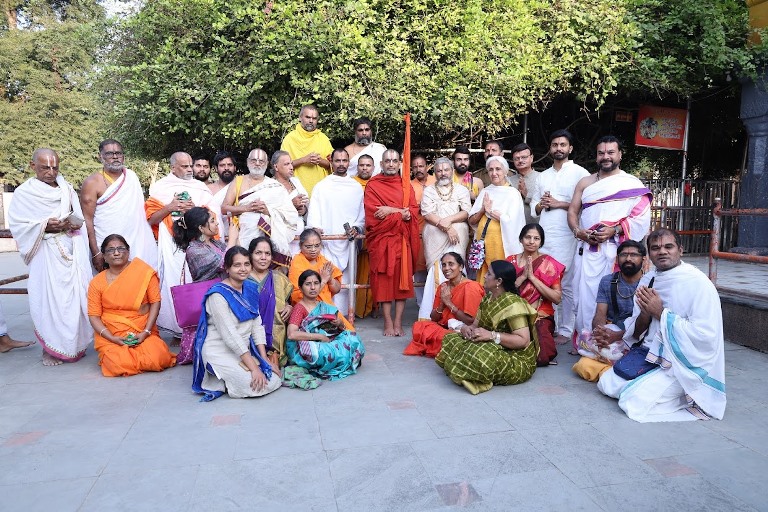
They placed their collected wood in separate piles on the ground and rested there, waiting for their guru to come looking for them. In the early hours, the guru, along with Krishna and Sudhama, left the spot.
The wood piles had four distinct varieties:
- Vanakantaar
- Kankada
- Karunda
- Chameli
These piles eventually grew into large trees. The place where this happened is known as Narayana Dham, as described in the sthala purana (the history of the place).
Significance of Place #2:
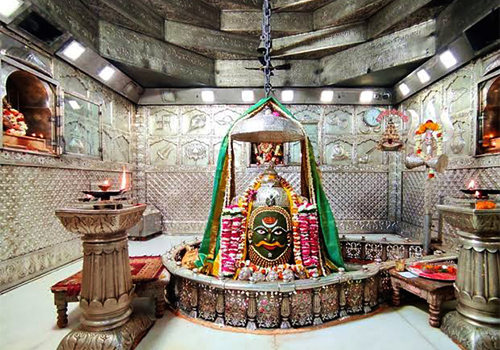
-From the divine address of HH Chinna Jeeyar Swamiji
Based on the sthala purana, historical significance of Ujjain
– 26th and 27th Nov 2024, Ujjain

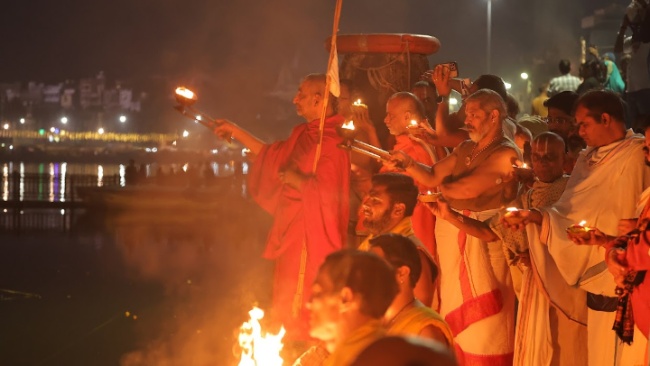




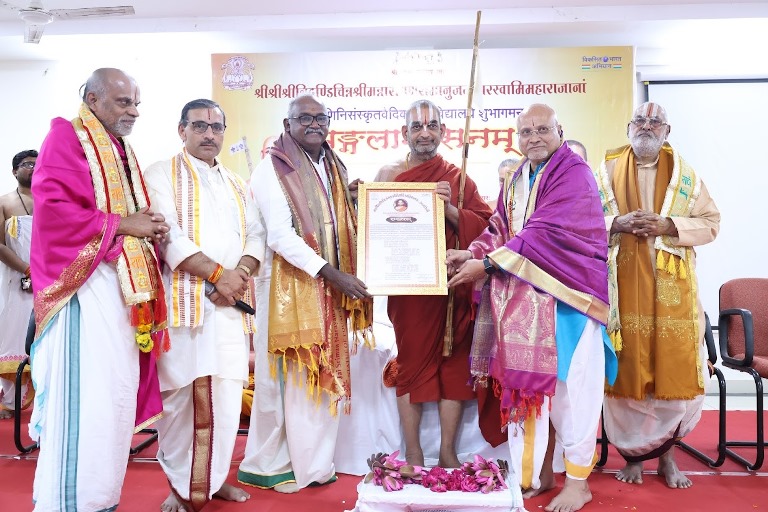
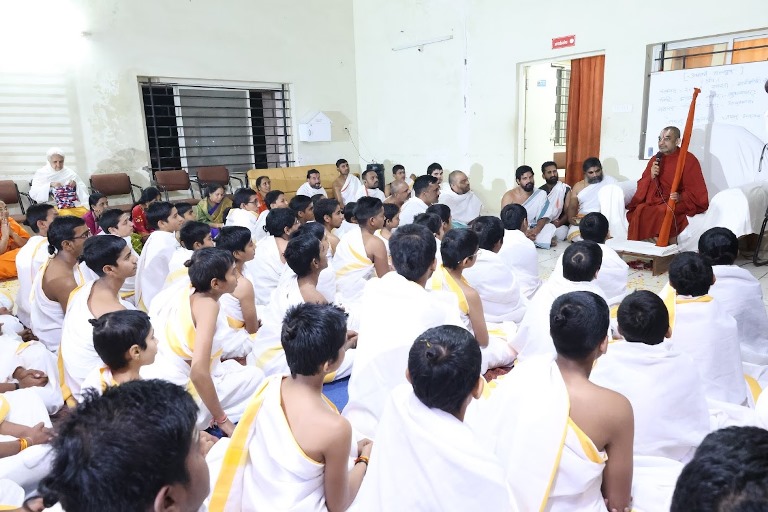



Jai Swaminarayan🙇♀️
Jaisrimannarayana